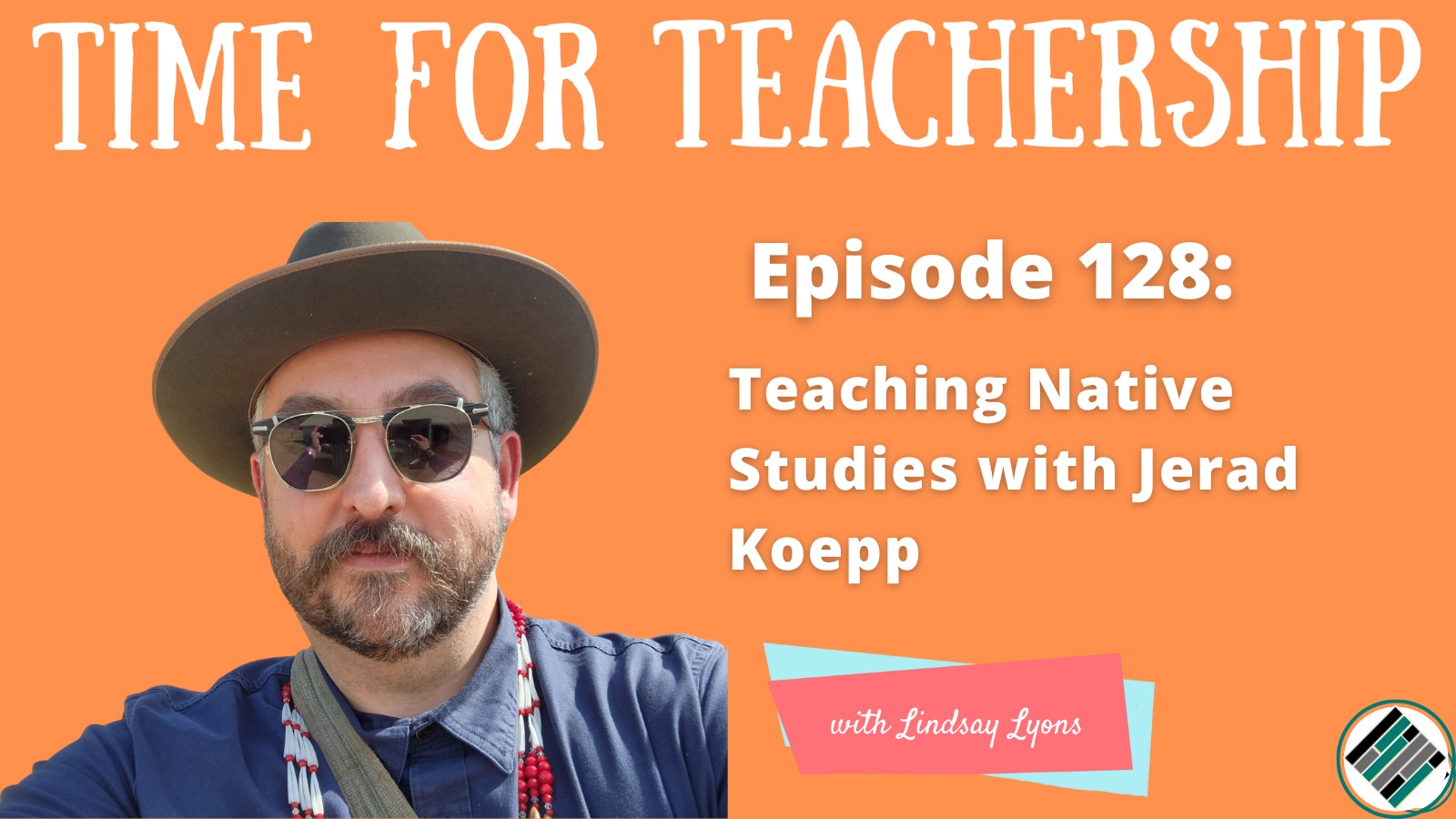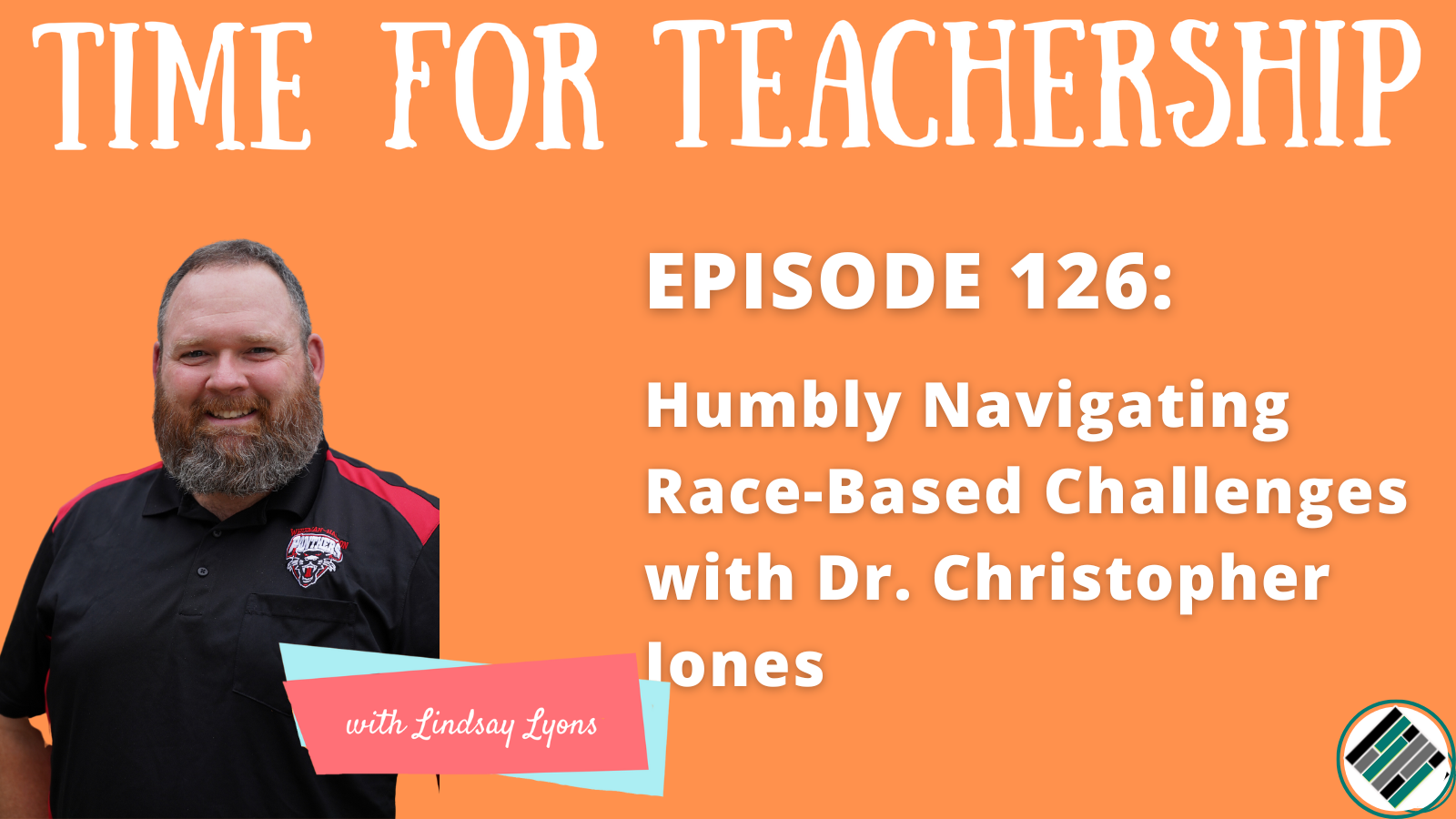
Tre’ Gammage is a Social Emotional Learning Specialist focused on building social-emotional competence in school communities through program adoption, implementation, professional development, and team building. In this episode, we build out a “unit” for adult PD using a step-by-step unit planning protocol!
Unit Planning Step 1: Context/Spark
Wanting to curricular-ize adult SEL professional learning experiences. Currently, Tre’ is mostly focused on working with schools and leaders on relationship and communication. Let’s build a unit around this!
Unit Planning Step 2: Pursuits (from Dr. Muhammad’s HILL Model)
Identity: How will our unit help students to learn something about themselves and/or about others?
Current offerings focus on general communication preferences as part of adults’ identities.
Criticality: How will our unit engage students’ thinking about power and equity and the disruption of oppression?
Let’s elaborate on this. SEL skills are the foundation to be able to have equity conversations and changes. Group size may impact the adaptive, critical work that can be done in a generative way. We want adults to be able to stay in important situations and conversations when experiencing discomfort.
Unit Planning Step 3: Driving Question
Are you showing up as your best self in your community?
(A lesson/activity can be defining as a group what “your best self” in community means.)
Unit Planning Step 4: Summative Project (Publishing Opportunity and Possible Formats)
Communication summary report for each team that includes information such as: individuals’ strengths, tendencies, whether they are people- or task-oriented and whether they have fast or slow communication styles.
Application: Review these reports before and after meetings. Use the collaboration strategy list to support self and others. Final “assessment” is to address an existing tension in the school/team.
Unit Planning Step 5: Unit Arc
Hook: Miscommunication and high stress in the workplace as a hook. Then, take the assessment.
Build the Base: Reflect on individual assessment results. Watch videos specific to your communication style. Explore high and low emotional intelligence examples.
Case Studies: Case 1: Individuals think about relationships; Case 2: Strategies to support communication in your team; Case 3: Routines to help each person and the team be at their best.
Project Work Time: Lower-stakes practice of team communication through “decision by consensus” options like lost at sea or lost on the moon.
Stay Connected
You can find this week’s guest on www.seleducators.com and on social media @tregammage and @seleducators.
To help you learn more about adult SEL, Tre’ is sharing a bunch of informational video content with you for free. And, if you’re looking for more details on the ideas in this blog post, listen to episode 121 of the Time for Teachership podcast. If you’re unable to listen or you prefer to read the full episode, you can find the transcript here.
Quotes:
- “After we’ve had time to analyze our results and really determine—’Hey, this is the kind of environment I need to succeed. This is how I would like you to respond to me under stress. This is how I want people to communicate with me…Please do not communicate with me that way.’ At the end, you’ve got a summary of your communication preferences for yourself, so when you get stressed—you can recognize where that stress is coming from. At the same time, we can share the summary with the rest of our team and they can review those preferences before they meet with us…that will give them some tips on how to be an effective communicator with me when they can tell I’m not on my A game.”
- “Maybe you’re looking at addressing a conflict that you have…or a tension—have that conversation with somebody. Actually applying the strategies you learned and then following up with a discussion or a summary of that.”
- “Being able to…talk about [PD] in a curriculum format would be very helpful…because that’s the language that folx understand. PD is a language too, but PD is often seen as extra, where curriculum is required, so that might be a nice mindset shift.”
- “I like the phases that you talked about curriculum—hook, the foundation, the case studies, and the project. I think that’s wonderful and not necessarily terms that I always think in…part of what’s helpful about this process is too is just talking about it with you out loud.”
- “PD can be—it’s a filler. So…’We got PD this Friday. What are we going to do for PD? Let’s make the agenda.’ You know, it’s just on the back burner. Oh yeah, okay. We need a speaker for PD…it may or may not be aligned to what we have going on, but this is coming up in 3 weeks and we need a solution. Whereas curriculum, I can say at the beginning of the year, ‘When you do your PD, this is what’s going to be done’…it’s a scope and there’s a sequence to it.”


















